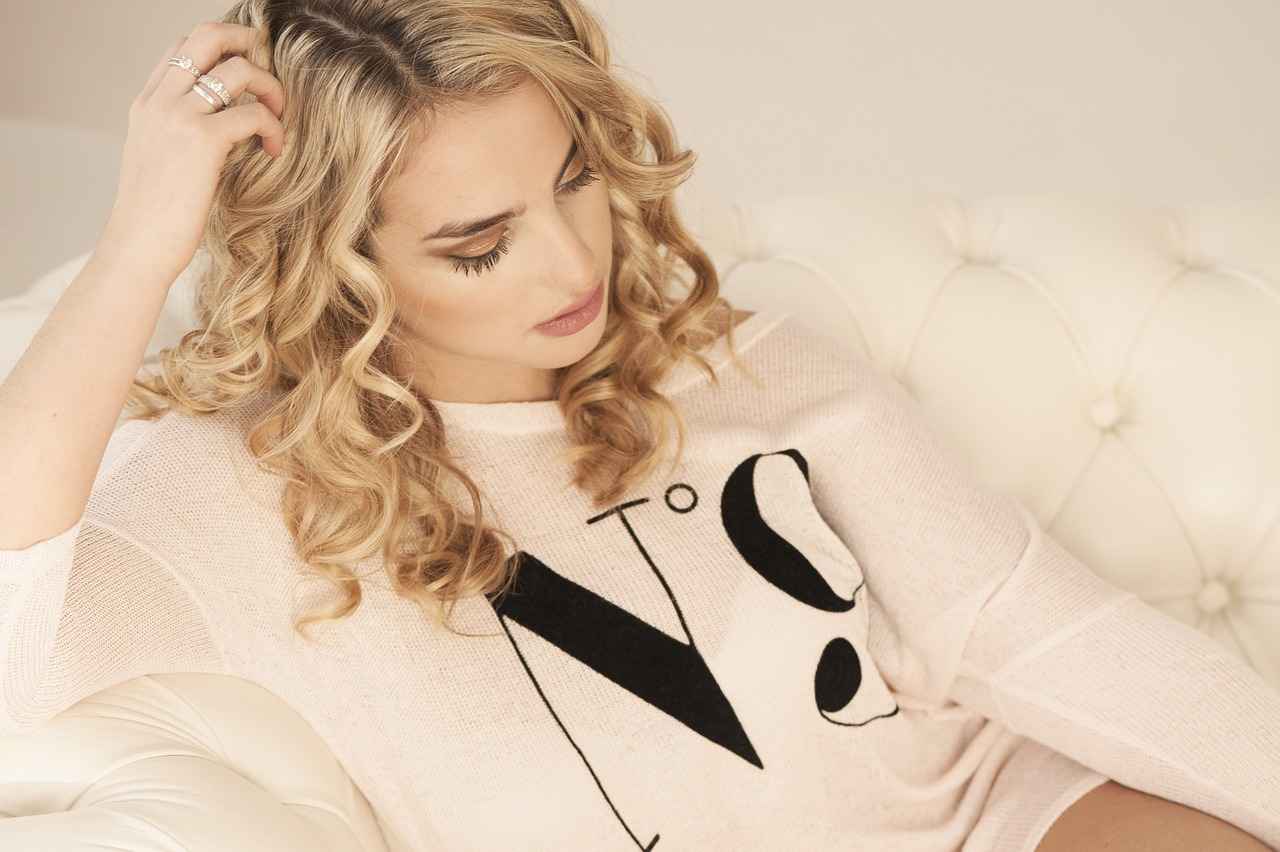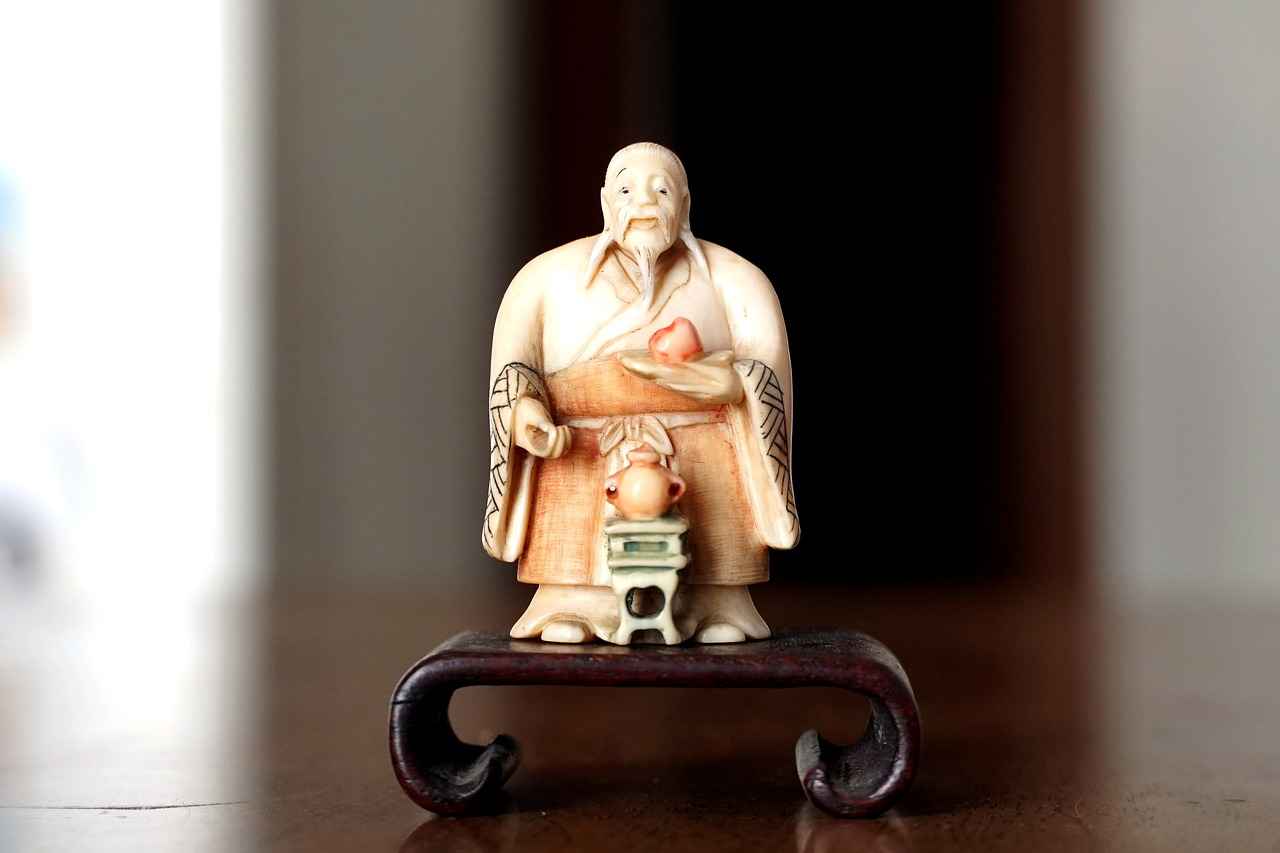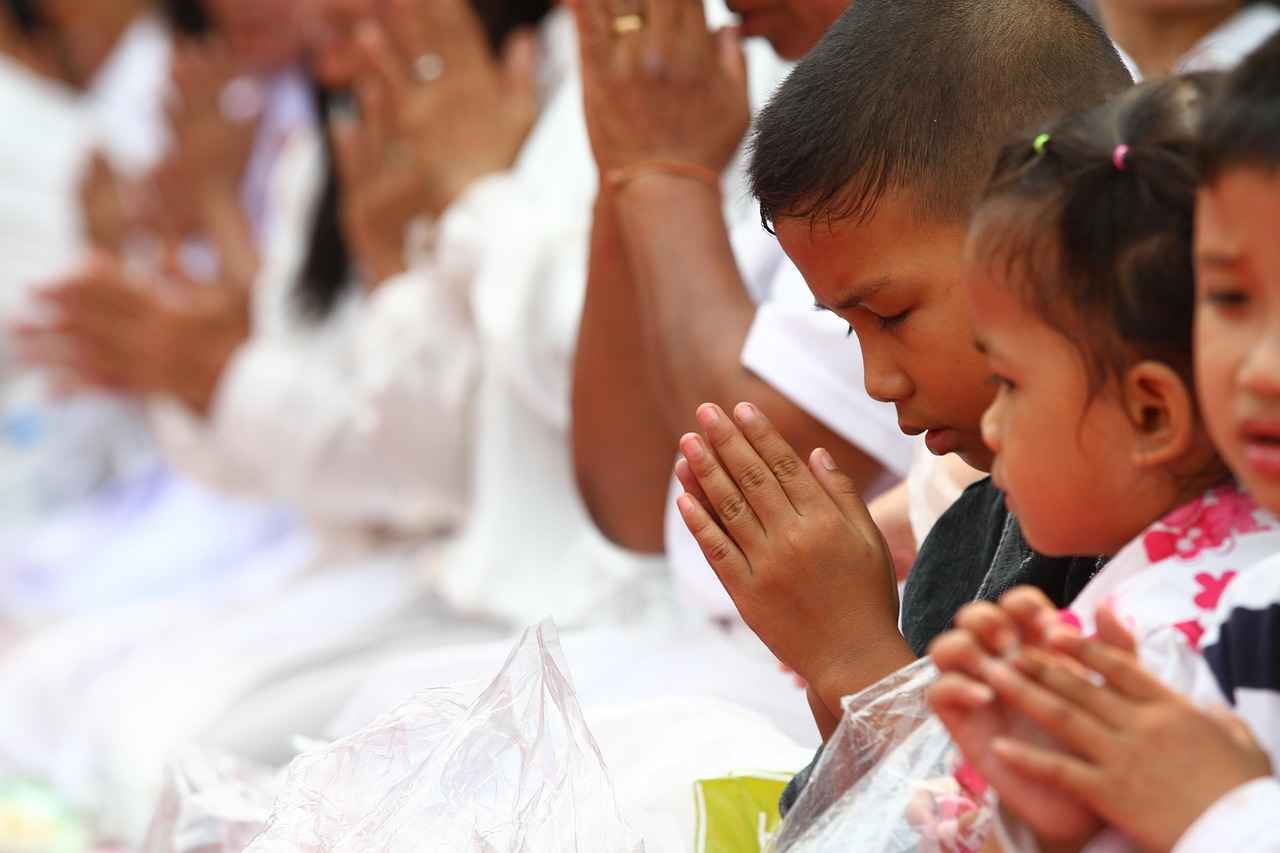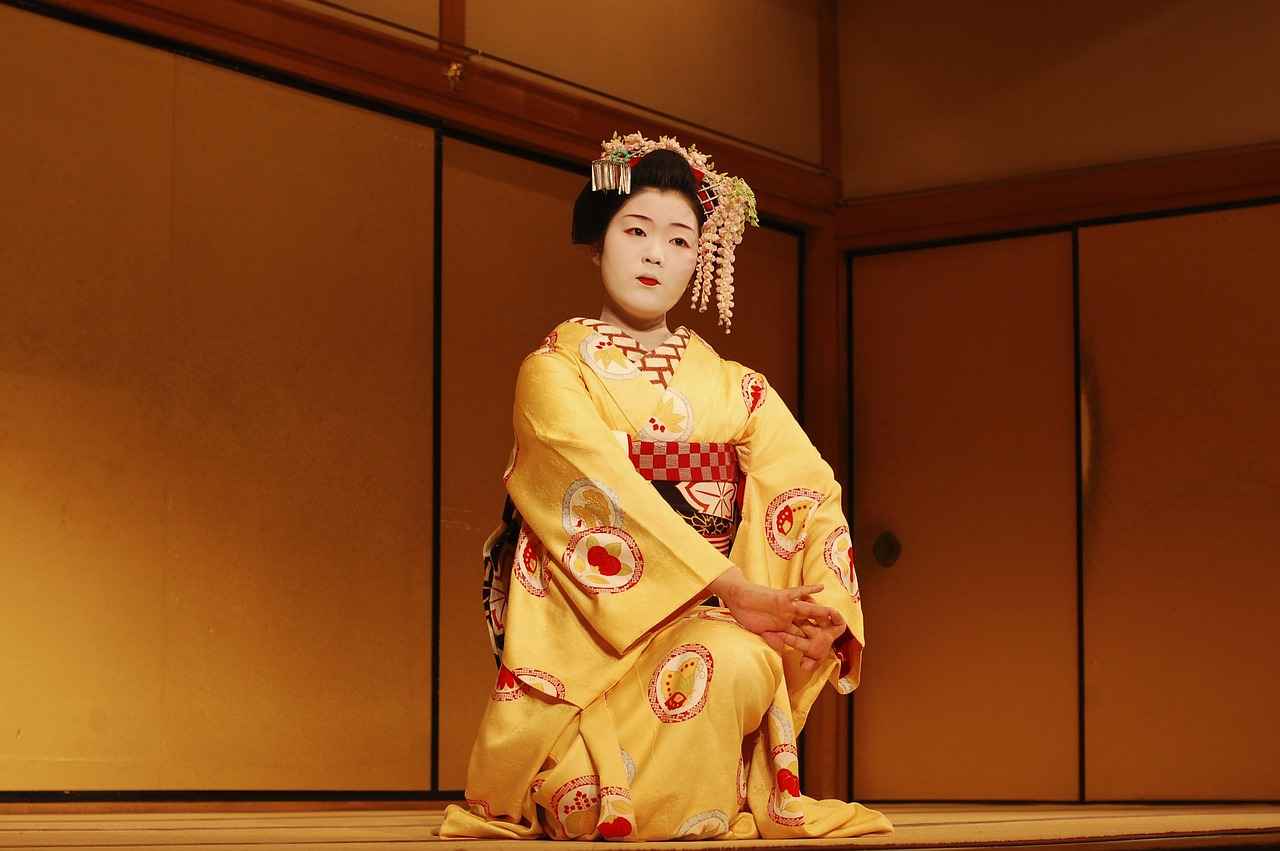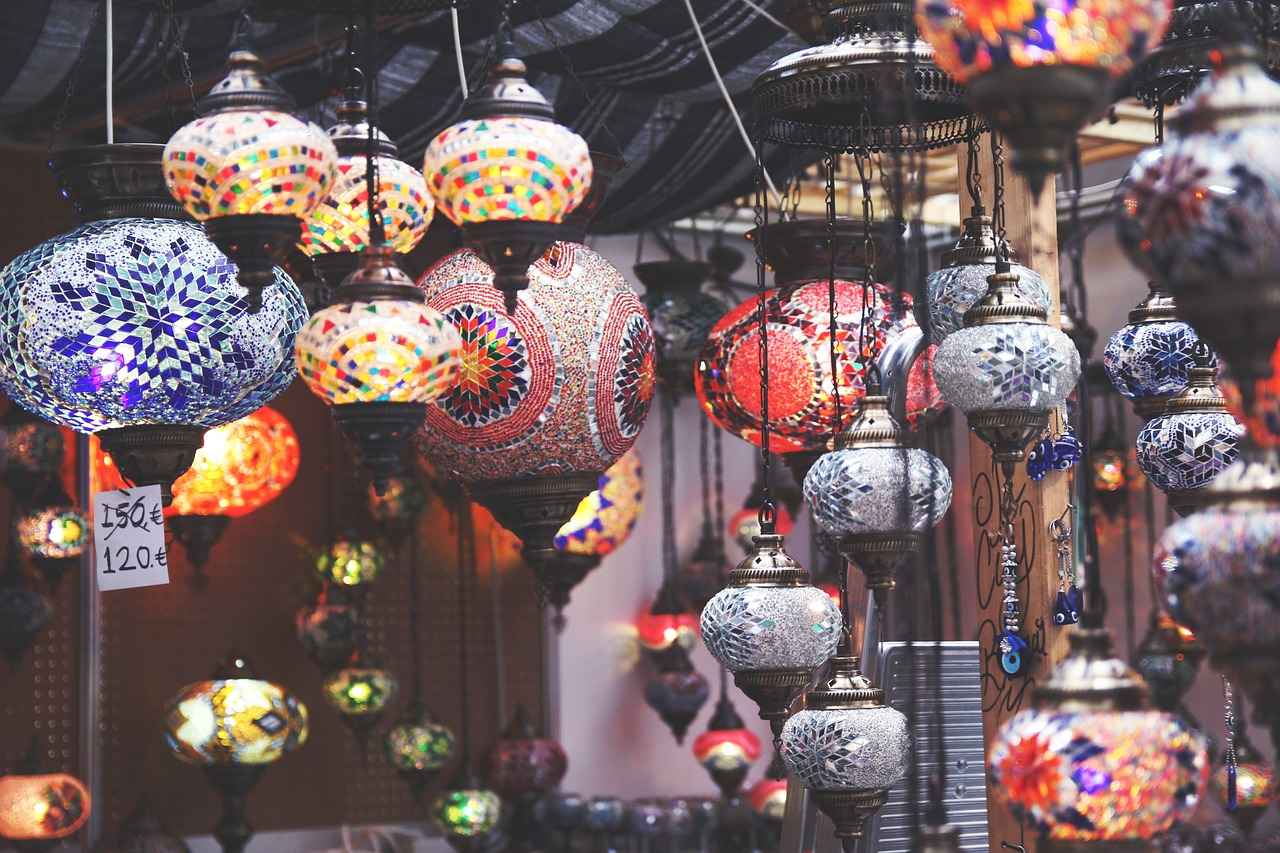This article delves into the rich heritage of male kimono styles, highlighting both traditional and contemporary interpretations. Discover the significance, variations, and how to wear them with style.
Understanding the Kimono
The kimono is a traditional Japanese garment, recognized for its distinctive design and cultural significance. Its history reflects Japan’s social changes and artistic expressions over centuries, making it a vital part of Japanese identity.
Traditional Male Kimono Styles
Traditional male kimono styles are characterized by specific fabrics, colors, and patterns. These styles vary by season, occasion, and the wearer’s status, showcasing Japan’s rich textile heritage.
- The Yukata: A Summer Staple
- Choosing the Right Yukata
- Accessorizing Your Yukata
The yukata is a lightweight cotton kimono, perfect for summer festivals and casual wear. Its vibrant colors and simple patterns make it a popular choice among young men.
Selecting the right yukata involves considering fabric quality, color, and pattern. Opt for lighter colors during summer for a refreshing look, while darker hues can be worn for evening events.
Accessorizing enhances the yukata’s appeal. Traditional obi (belts) and geta (wooden sandals) complement the outfit, while modern accessories can add a unique twist to the ensemble.
The Formal Kimono: For Special Occasions
The formal kimono, known as the montsuki, is worn during significant ceremonies such as weddings and graduations. Its elegant design and intricate patterns signify respect and celebration.
Modern Interpretations of Kimono Styles
Contemporary fashion has embraced kimono elements, blending traditional aesthetics with modern trends. This fusion creates versatile styles suitable for various occasions, appealing to a global audience.
- Streetwear Influence
- Designer Collaborations
Streetwear has significantly influenced modern kimono styles, incorporating bold graphics and unconventional cuts. This trend has made kimono-inspired pieces accessible to younger generations.
Many fashion designers are collaborating with traditional artisans to create unique kimono-inspired collections. These collaborations bridge the gap between heritage and modern fashion, promoting cultural appreciation.
How to Wear a Kimono Today
Wearing a kimono today involves understanding its cultural significance while embracing personal style. Layering, accessorizing, and pairing with contemporary clothing can create a unique look.
- Layering Techniques
- Choosing Accessories Wisely
Layering a kimono with modern clothing can enhance its versatility. Pairing it with jeans or tailored trousers can create a stylish, yet respectful outfit suitable for various occasions.
Accessories play a crucial role in completing a kimono look. From modern footwear to minimalist jewelry, the right accessories can elevate the overall style without overshadowing the kimono’s elegance.
Conclusion
The male kimono, with its rich history and modern adaptations, remains a significant aspect of Japanese culture. Embracing both traditional and contemporary styles allows for personal expression while honoring this beautiful garment.

Understanding the Kimono
The kimono is not just a garment; it is a profound symbol of Japanese culture and identity. With its intricate designs and rich history, the kimono has evolved significantly over the centuries, adapting to social changes and artistic movements. Its distinctive silhouette, characterized by wide sleeves and a wrap-around structure, has made it a timeless piece that transcends generations.
Historically, the kimono dates back to the Heian period (794-1185), where it was worn by both genders. As Japan progressed through various eras, the kimono’s styles, fabrics, and colors became increasingly sophisticated, reflecting the wearer’s status and the occasion. For instance, the formal kimono, or montsuki, is often adorned with family crests and is reserved for significant events such as weddings and ceremonies, showcasing the respect and honor associated with these occasions.
In contrast, the yukata, a casual summer kimono made of lightweight cotton, represents a more relaxed and festive aspect of Japanese culture. Often seen at summer festivals, the yukata features bright colors and simple patterns, making it a favorite among younger generations. This versatility illustrates how the kimono can adapt to various contexts, from formal to casual settings.
Moreover, the kimono’s cultural significance extends beyond fashion. It embodies the craftsmanship of skilled artisans who create these garments, often using traditional techniques passed down through generations. As modern fashion continues to evolve, the kimono inspires contemporary designers, leading to innovative interpretations that blend traditional aesthetics with modern trends.
In conclusion, the kimono is a remarkable garment that tells a story of Japan’s cultural heritage. Its ability to adapt and remain relevant in today’s fashion landscape serves as a testament to its enduring appeal. Whether worn traditionally or reimagined in contemporary styles, the kimono continues to be a cherished symbol of Japanese identity.

Traditional Male Kimono Styles
are a testament to Japan’s rich cultural heritage, showcasing a variety of fabrics, colors, and patterns that reflect the wearer’s status, the season, and the occasion. These garments are not merely clothing; they are a reflection of the historical and social nuances of Japanese society.
The male kimono, or kimono for men, typically features a more subdued color palette compared to its female counterpart. Common fabrics include silk, cotton, and linen, each chosen for their texture and appropriateness for different seasons. For instance, summer kimonos are often made from breathable cotton to provide comfort during warm weather, while winter kimonos may utilize heavier materials to keep the wearer warm.
- Spring Styles: Light colors and floral patterns symbolize renewal and are often worn during festivals.
- Summer Styles: The yukata, a casual cotton kimono, is favored for summer events, featuring bright colors and playful patterns.
- Autumn Styles: Earthy tones and motifs inspired by nature reflect the changing season.
- Winter Styles: Darker hues and intricate designs are common, often reserved for formal occasions.
Moreover, the occasion plays a crucial role in determining the style of kimono. For formal events such as weddings or tea ceremonies, the montsuki kimono, often adorned with family crests, is the preferred choice. Its elegance and sophistication are unmatched, making it a symbol of respect and celebration.
Understanding the cultural significance behind these garments is essential for anyone looking to appreciate or wear traditional male kimonos. Each style tells a story, connecting the wearer to Japan’s rich textile history and societal values.
In conclusion, traditional male kimono styles are an intricate blend of artistry, culture, and personal expression. By selecting the right fabric, color, and pattern, wearers can not only honor tradition but also embrace a timeless fashion statement.
The Yukata: A Summer Staple
The yukata is more than just a lightweight cotton kimono; it embodies the essence of summer in Japan. Traditionally worn during summer festivals and casual outings, the yukata has become a staple garment that reflects both cultural heritage and modern fashion trends.
Characterized by its vibrant colors and simple patterns, the yukata is particularly popular among young men. This garment not only offers comfort due to its breathable fabric, but it also allows for personal expression through a variety of designs. From bold floral prints to subtle geometric patterns, there is a yukata for every taste and occasion.
When choosing the right yukata, several factors should be considered:
- Fabric Quality: Opt for high-quality cotton for better breathability and durability.
- Color Selection: Lighter colors are ideal for daytime wear, while darker hues can be more appropriate for evening events.
- Pattern Preference: Choose patterns that resonate with your style, whether traditional or contemporary.
Accessorizing a yukata can enhance its appeal significantly. Traditional accessories include:
- Obi: The wide belt that cinches the yukata at the waist, available in various styles and colors.
- Geta: Wooden sandals that provide a classic look and elevate the outfit.
- Modern Touches: Incorporating contemporary accessories can add a unique flair to your yukata ensemble.
In conclusion, the yukata remains a beloved garment that beautifully marries tradition with modernity. Its versatility makes it suitable for various occasions, from summer festivals to casual gatherings, allowing wearers to celebrate their cultural heritage while expressing their personal style.
Choosing the Right Yukata
is an essential aspect of embracing Japanese culture, especially during the warm summer months. A yukata, a casual summer kimono made from cotton, is not just a garment; it is a celebration of tradition and style. When selecting the perfect yukata, several factors come into play, including fabric quality, color, and pattern.
First and foremost, fabric quality is crucial. Opt for high-quality cotton that is breathable and comfortable, ensuring you stay cool during summer festivities. The texture of the fabric can significantly impact your overall experience, making it essential to choose one that feels good against your skin.
Next, consider the color of your yukata. Lighter colors, such as pastel shades and soft hues, are ideal for daytime events, providing a refreshing and airy look. These shades reflect sunlight and keep you cooler, making them perfect for summer outings. On the other hand, darker hues like navy blue or deep green are suitable for evening events, offering a more sophisticated and elegant appearance that stands out against the night sky.
The pattern of the yukata also plays a vital role in its overall aesthetic. Traditional motifs, such as floral designs or geometric shapes, can add a touch of authenticity and cultural richness. For a modern twist, look for yukatas with contemporary prints that showcase your personal style while still respecting tradition.
Ultimately, choosing the right yukata is about finding a balance between tradition and personal expression. By considering fabric quality, color, and pattern, you can select a yukata that not only looks great but also reflects your unique personality and appreciation for Japanese culture.
Accessorizing Your Yukata
Accessorizing is a vital aspect of enhancing the overall appeal of the yukata, a traditional Japanese garment celebrated for its elegance and versatility. The right accessories not only elevate the outfit but also reflect the wearer’s personal style and cultural appreciation.
One of the most iconic accessories is the obi, a wide belt that secures the yukata around the waist. Traditionally, obi come in various fabrics and patterns, allowing for a myriad of styles. A well-chosen obi can add a touch of sophistication and color contrast to the yukata, making it stand out during summer festivals or casual gatherings.
Another essential accessory is the geta, the traditional wooden sandals worn with yukata. Geta not only provide comfort but also complement the overall aesthetic of the outfit. The sound of geta clacking against the pavement as one walks adds to the ambiance of traditional Japanese settings, enhancing the cultural experience.
In recent years, modern accessories have started to make their way into yukata styling. Items such as contemporary bags, statement jewelry, and even stylish hats can offer a unique twist to the traditional look. These modern elements allow individuals to express their creativity and personal flair while still respecting the garment’s heritage.
- Choose Accessories Wisely: Ensure that your accessories harmonize with the yukata’s colors and patterns.
- Experiment with Layers: Consider layering with contemporary pieces, like a light jacket, for a modern touch.
- Footwear Matters: Opt for stylish yet comfortable footwear that complements the yukata’s overall aesthetic.
Ultimately, accessorizing your yukata is about finding a balance between tradition and modernity. By thoughtfully selecting your accessories, you can create a stunning ensemble that pays homage to Japanese culture while showcasing your unique style.
The Formal Kimono: For Special Occasions
The formal kimono, known as the montsuki, is a symbol of elegance and tradition in Japanese culture. This garment is characterized by its refined design and is typically worn during significant ceremonies such as weddings, graduations, and other formal events. The montsuki is distinguished by its black color, often adorned with family crests, and is made from luxurious fabrics like silk, which enhance its sophisticated appearance.
One of the most notable features of the montsuki is its versatility. While it is primarily associated with formal occasions, it can also be adapted for various events by changing the accompanying accessories. The montsuki is usually paired with a hakama, which are pleated trousers that add an additional layer of formality to the outfit. This combination not only signifies respect for the occasion but also showcases the wearer’s attention to detail and cultural heritage.
When it comes to wearing the montsuki, understanding the cultural significance is essential. Each element of the outfit carries meaning, from the choice of colors to the patterns used. For instance, black is traditionally worn for mourning, while colorful montsuki may be appropriate for celebrations. Thus, selecting the right montsuki for the occasion is crucial to convey the intended message.
In addition to its traditional use, the montsuki has seen a resurgence in modern fashion. Designers are now incorporating elements of the montsuki into contemporary clothing, making it accessible to a broader audience. This fusion of traditional and modern styles allows individuals to express their identity while honoring their cultural roots.
In conclusion, the montsuki is more than just a garment; it is a representation of Japan’s rich cultural heritage. Understanding its significance and how to wear it appropriately can enhance one’s appreciation for this beautiful traditional attire. Whether attending a formal event or exploring modern interpretations, the montsuki remains a timeless piece in the world of fashion.
montsuki,
Montsuki: A Deep Dive into the Elegance of Traditional Japanese Formal Wear
The montsuki is a distinguished formal kimono worn by men during significant ceremonies in Japan. This article explores the montsuki’s characteristics, cultural significance, and how it has evolved in modern fashion.
What is a Montsuki?
The montsuki is characterized by its elegant design, typically featuring a black background and intricate family crests known as mon. This formal attire is reserved for important events such as weddings, graduations, and other ceremonial occasions.
Historical Significance of Montsuki
Historically, the montsuki symbolizes respect and tradition, reflecting the wearer’s social status and family lineage. The garment has roots in the Edo period, where it was commonly worn by samurai and their families, showcasing Japan’s rich cultural heritage.
How to Properly Wear a Montsuki
- Layering: The montsuki is typically worn over a haneri (collar) and paired with a hifu (jacket) for added warmth and style.
- Accessories: Complete the look with a obi (belt) and geta (wooden sandals), ensuring the colors complement the montsuki’s design.
- Fit: Ensure the montsuki fits well; it should be neither too loose nor too tight, allowing for comfortable movement.
Modern Adaptations of Montsuki
In contemporary fashion, designers have started to incorporate elements of the montsuki into casual wear, blending traditional aesthetics with modern trends. This fusion appeals to younger generations and promotes cultural appreciation.
Conclusion
The montsuki remains a symbol of tradition and elegance in Japanese culture. Understanding its significance and proper styling can enhance appreciation for this beautiful garment. Whether worn in its traditional form or adapted for modern fashion, the montsuki continues to captivate and inspire.
is worn during significant ceremonies such as weddings and graduations. Its elegant design and intricate patterns signify respect and celebration.
Male Kimono Styles: Exploring Traditional and Modern Looks
This article delves into the rich heritage of male kimono styles, highlighting both traditional and contemporary interpretations. Discover the significance, variations, and how to wear them with style.
Understanding the Kimono
The kimono is a traditional Japanese garment, known for its distinctive design and cultural significance. Its history reflects Japan’s social changes and artistic expressions over centuries.
Traditional Male Kimono Styles
Traditional male kimono styles are characterized by specific fabrics, colors, and patterns. These styles vary by season, occasion, and the wearer’s status, showcasing Japan’s rich textile heritage.
- The Yukata: A Summer Staple
- Choosing the Right Yukata
- Accessorizing Your Yukata
- The Formal Kimono: For Special Occasions
The yukata is a lightweight cotton kimono, perfect for summer festivals and casual wear. Its vibrant colors and simple patterns make it a popular choice among young men.
Selecting the right yukata involves considering fabric quality, color, and pattern. Opt for lighter colors during summer for a refreshing look, while darker hues can be worn for evening events.
Accessorizing enhances the yukata’s appeal. Traditional obi (belts) and geta (wooden sandals) complement the outfit, while modern accessories can add a unique twist to the ensemble.
The formal kimono, known as the montsuki, is worn during significant ceremonies such as weddings and graduations. Its elegant design and intricate patterns signify respect and celebration.
Modern Interpretations of Kimono Styles
Contemporary fashion has embraced kimono elements, blending traditional aesthetics with modern trends. This fusion creates versatile styles suitable for various occasions, appealing to a global audience.
- Streetwear Influence
- Designer Collaborations
Streetwear has significantly influenced modern kimono styles, incorporating bold graphics and unconventional cuts. This trend has made kimono-inspired pieces accessible to younger generations.
Many fashion designers are collaborating with traditional artisans to create unique kimono-inspired collections. These collaborations bridge the gap between heritage and modern fashion, promoting cultural appreciation.
How to Wear a Kimono Today
Wearing a kimono today involves understanding its cultural significance while embracing personal style. Layering, accessorizing, and pairing with contemporary clothing can create a unique look.
- Layering Techniques
- Choosing Accessories Wisely
Layering a kimono with modern clothing can enhance its versatility. Pairing it with jeans or tailored trousers can create a stylish, yet respectful outfit suitable for various occasions.
Accessories play a crucial role in completing a kimono look. From modern footwear to minimalist jewelry, the right accessories can elevate the overall style without overshadowing the kimono’s elegance.
Conclusion
In conclusion, male kimono styles offer a fascinating glimpse into Japan’s cultural heritage while adapting to modern trends. Whether for a formal ceremony or casual wear, understanding how to choose and wear a kimono allows for a unique expression of style and respect for tradition.
Modern Interpretations of Kimono Styles
In recent years, the kimono has transcended its traditional roots, becoming a symbol of contemporary fashion innovation. This evolution reflects a growing appreciation for cultural diversity and the desire to integrate traditional aesthetics into modern wardrobes.
The fusion of old and new has led to an exciting range of styles that cater to various tastes and occasions. Designers are now reimagining the kimono using a variety of materials, colors, and patterns, creating pieces that are not only visually stunning but also versatile.
- Street Style Revolution: The influence of streetwear has introduced bold graphics and relaxed fits into kimono designs. This trend has made the kimono more accessible to a younger audience, who appreciate its unique blend of tradition and modernity.
- High Fashion Collaborations: Numerous fashion houses are partnering with traditional artisans to produce limited-edition collections that celebrate the kimono’s heritage while appealing to contemporary tastes. This collaboration fosters a deeper understanding and appreciation of Japanese culture.
Moreover, the modern kimono is not limited to formal occasions. It has become a staple in casual wear, often paired with jeans, sneakers, or even layered over dresses. This adaptability allows individuals to express their personal style while honoring the garment’s rich history.
When accessorizing a modern kimono, the choice of items can greatly influence the overall look. Minimalist jewelry, contemporary footwear, and even bold bags can enhance the ensemble without overshadowing the kimono’s elegance. This balance is key to achieving a harmonious outfit that respects tradition while embracing innovation.
In conclusion, the contemporary reinterpretation of the kimono illustrates its enduring appeal and versatility. As fashion continues to evolve, the kimono remains a vital part of the conversation, bridging the gap between tradition and modernity, and appealing to a global audience.
Streetwear Influence
In recent years, the world of fashion has witnessed a remarkable transformation, particularly in the realm of traditional garments like the kimono. Streetwear, a style that emerged from urban culture, has significantly reshaped modern kimono aesthetics, making them more appealing to younger audiences. This blend of traditional and contemporary fashion has not only revitalized the kimono but has also created a new niche within the fashion industry.
The incorporation of bold graphics and unconventional cuts into kimono designs has resulted in a fresh take on this classic garment. Streetwear brands are now producing kimono-inspired pieces that feature vibrant prints, oversized silhouettes, and unique materials, which resonate with the tastes of today’s youth. This trend has made the kimono more accessible, allowing it to transcend cultural barriers and become a global fashion statement.
Moreover, the influence of streetwear has encouraged a more casual approach to wearing kimonos. Young men and women are now pairing kimono jackets with street-style staples like sneakers, graphic tees, and distressed jeans. This fusion not only showcases personal style but also highlights the versatility of the kimono, proving that it can be worn in various settings, from casual outings to more formal events.
As streetwear continues to evolve, the relationship between traditional garments and modern fashion will likely grow stronger. This ongoing dialogue between cultures encourages creativity and innovation, allowing designers to explore new possibilities while honoring the rich history of the kimono. Ultimately, the blending of these styles not only appeals to a younger demographic but also fosters a deeper appreciation for cultural heritage in the ever-changing landscape of fashion.
In conclusion, the influence of streetwear on modern kimono styles represents a significant shift in how traditional garments are perceived and worn. By embracing bold designs and contemporary styling, kimonos have found a new life in today’s fashion world, bridging the gap between tradition and modernity.

Designer Collaborations
in the fashion industry have become a fascinating trend, particularly in the realm of traditional garments like the kimono. Many forward-thinking fashion designers are now partnering with traditional artisans to create unique collections that pay homage to the rich cultural heritage of Japan while infusing modern aesthetics.
These collaborations are not merely about blending styles; they are about creating a dialogue between the past and the present. By working with artisans who have honed their craft over generations, designers are able to incorporate authentic techniques and materials into their creations. This fusion results in kimono-inspired collections that stand out for their originality and craftsmanship.
One of the significant aspects of these partnerships is the emphasis on cultural appreciation. Designers are increasingly aware of the importance of respecting the traditions they draw inspiration from. This respect is reflected in the careful selection of fabrics, patterns, and colors, which often tell a story about Japan’s history and social fabric.
Moreover, these collaborations are paving the way for a broader audience to appreciate traditional Japanese culture. By presenting kimono elements in a contemporary context, designers are making these garments more accessible to a global market. This shift not only promotes cultural exchange but also supports the artisans who are preserving these age-old techniques.
As consumers become more conscious of their fashion choices, the demand for ethically produced and culturally rich clothing is on the rise. Collaborations between designers and traditional artisans are meeting this demand, offering products that are not only stylish but also meaningful.
In conclusion, the collaboration between fashion designers and traditional artisans is a powerful movement that bridges the gap between heritage and modernity. It fosters a greater understanding and appreciation of cultural traditions while creating unique, fashionable pieces that resonate with today’s consumers.
How to Wear a Kimono Today
Wearing a kimono in today’s world is not just about donning a beautiful garment; it is about understanding its cultural significance while also embracing your own personal style. The kimono, with its rich history, offers a canvas for self-expression through various layering techniques, unique accessorizing, and innovative pairing with modern clothing.
To begin, layering is an essential technique when wearing a kimono today. This can involve pairing a kimono with a simple t-shirt or a fitted shirt, which can create a stylish yet respectful outfit. For cooler weather, consider adding a lightweight jacket or cardigan, which complements the kimono without overwhelming its elegance. The key is to maintain balance—allowing the kimono to be the focal point of your outfit while enhancing it with complementary pieces.
Next, accessorizing plays a crucial role in enhancing your kimono look. Traditional accessories like an obi (belt) can be paired with modern elements such as sneakers or minimalist jewelry. This fusion allows for a unique twist on traditional wear, making it suitable for various occasions—from casual outings to formal events. Additionally, incorporating contemporary accessories can add a personal touch, reflecting your individual style.
Lastly, consider how pairing your kimono with contemporary clothing can elevate your overall look. For instance, wearing tailored trousers or stylish jeans can create a modern aesthetic, making the kimono versatile enough for everyday wear. This approach not only respects the garment’s heritage but also makes it accessible to a broader audience.
In conclusion, wearing a kimono today is about celebrating tradition while embracing modernity. By layering thoughtfully, choosing accessories wisely, and pairing with contemporary attire, you can create a unique look that honors the kimono’s cultural significance while expressing your personal style.
Layering Techniques
Layering a kimono with modern clothing can significantly enhance its versatility and style. By combining traditional elements with contemporary pieces, you can create outfits that are not only fashionable but also respectful of cultural heritage. Here are some practical tips on how to effectively layer a kimono:
- Pair with Denim: Combining a kimono with jeans creates a casual yet chic look. Opt for fitted jeans to balance the flowy nature of the kimono.
- Tailored Trousers: For a more polished appearance, consider pairing your kimono with tailored trousers. This combination is perfect for business casual settings or formal gatherings.
- Layer with a T-Shirt: A simple t-shirt under a kimono can add a modern twist. Choose a solid color to let the kimono stand out.
- Footwear Matters: The choice of shoes can make or break your outfit. Sneakers can lend a casual vibe, while loafers or oxfords can elevate the look.
- Accessorize Wisely: Incorporate modern accessories such as a sleek watch or minimalist jewelry. This can enhance your outfit without overshadowing the kimono’s elegance.
By thoughtfully layering a kimono with modern clothing, you can create a unique and stylish ensemble suitable for various occasions. Whether for a casual outing or a more formal event, the key lies in balancing traditional and contemporary elements to achieve a cohesive look.
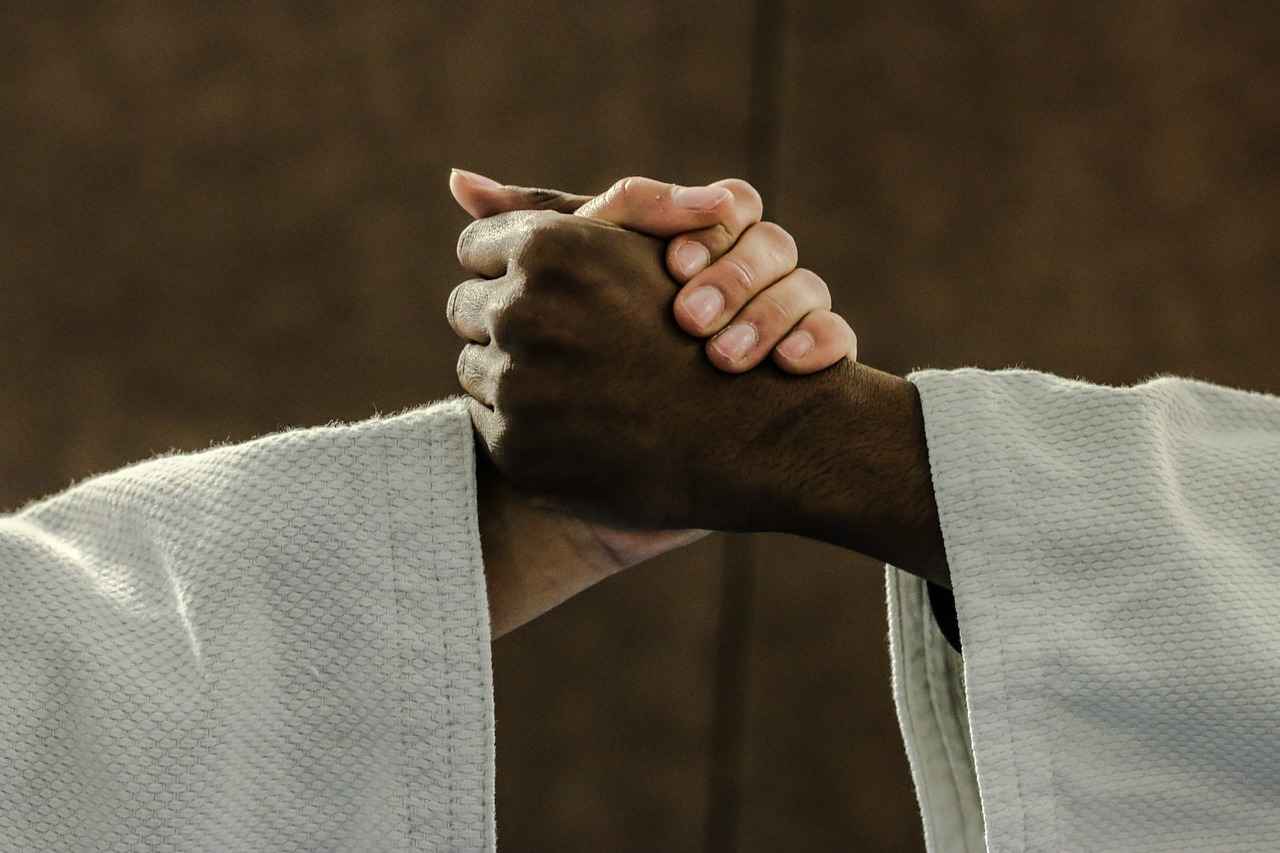
Choosing Accessories Wisely
When it comes to styling a kimono, accessories are essential in achieving a harmonious and fashionable look. The right accessories not only enhance the overall aesthetic but also reflect personal style while respecting the traditional essence of the kimono.
Incorporating accessories can be a delicate balance. Here are some key points to consider:
- Footwear: The choice of footwear can dramatically influence the overall appearance of the kimono. Geta (traditional wooden sandals) are a classic option, offering a cultural touch. However, modern interpretations such as sneakers or stylish loafers can add a contemporary flair while ensuring comfort.
- Obi Belts: The obi is a vital accessory that not only secures the kimono but also serves as a statement piece. Opt for bold colors or intricate patterns that complement the kimono’s design. Remember, the obi should enhance the outfit without overwhelming it.
- Jewelry: Minimalist jewelry can beautifully accentuate a kimono look. Consider delicate necklaces or simple bracelets that add a touch of elegance without detracting from the garment’s beauty. Avoid overly ornate pieces that may clash with the kimono’s intricate patterns.
- Bags: Choosing the right bag is crucial. A small, elegant clutch or a traditional kinchaku (Japanese drawstring bag) can be perfect for carrying essentials while maintaining the outfit’s aesthetic integrity.
Ultimately, the key to accessorizing a kimono is to embrace simplicity. Each accessory should serve a purpose and enhance the overall look without overshadowing the kimono’s elegance. By thoughtfully selecting accessories, one can create a stunning ensemble that honors tradition while showcasing personal style.
Frequently Asked Questions
- What is a kimono?
A kimono is a traditional Japanese garment characterized by its long sleeves and wrap-around design. It holds deep cultural significance and varies in style, fabric, and color based on the occasion and season.
- What is the difference between a yukata and a formal kimono?
The yukata is a casual, lightweight cotton kimono, typically worn in summer, while the formal kimono, known as montsuki, is made from heavier fabrics and is reserved for special occasions like weddings and ceremonies.
- How do I choose the right kimono for an event?
When selecting a kimono, consider the event’s formality, the season, and your personal style. For casual events, a yukata is ideal, while a formal kimono is appropriate for significant ceremonies.
- Can I wear a kimono with modern clothing?
Absolutely! Layering a kimono with modern attire, like jeans or tailored trousers, can create a stylish and contemporary look while respecting its cultural roots.
- How should I accessorize my kimono?
Accessorizing a kimono can enhance its appeal. Traditional items like obi belts and geta sandals work well, but feel free to mix in modern accessories to reflect your personal style.







